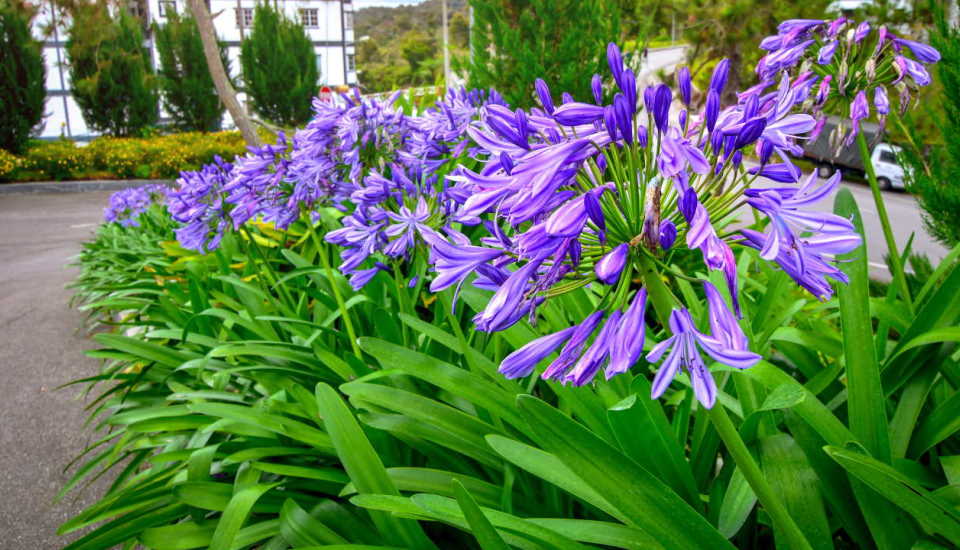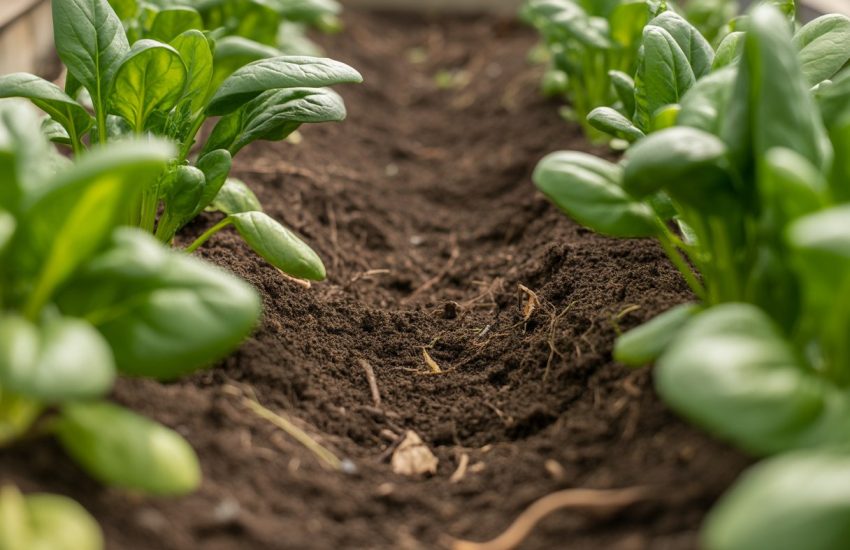African Lily (Agapanthus Africanus): How to Grow & Care
Are you looking for a beautiful flower that will look adorable in your garden? If you are, African Lily could be the right choice for you. Their beautiful color and exotic look will be breathtaking in your garden. They are pretty easy to care for and grow. African lilies are also pest and disease-free, so as long as you follow some basic rules, you can grow them in your garden with no problem.
The Nile lily (Agapanthus africanus), often known as African lily, is a perennial herbaceous plant native to Africa that belongs to the amaryllis family (Amaryllidaceae). The Lily of the Nile is a popular decoration in many gardens because of its large, pretty, and spherical flower clusters. With little care, they will look gorgeous in your garden.
How to Plant Agapanthus Africanus (African Lily)?
Now you have decided to grow some African Lilies (Agapanthus Africanus) in your garden. Still, you do not know where to begin? Agapanthus Africanus thrives in full sun and needs 6-8 hours of daily sunlight. However, your plant might need partial shade if you live in a hot climate. So, you should pick the right site for your African lily. This plant loves fertile, moist, and well-drained soils, and it prefers acid soil, so if you want to grow a healthy African lily, it would be a good idea to use soil with a high pH level.
To provide winter protection, you can plant Agapanthus Africanus in pots or directly in the garden in the spring, especially near the foot of a south-facing wall. Choose a terracotta container for planting in pots to keep the roots warm in the summer. To feed your plants, you can use soil-based compost and a slow-release fertilizer in the spring. Staking is not required unless the light levels are insufficient and the flowers are forced to reach.
How to Water and Care for Agapanthus Africanus (African Lily)?

African lilies are big drinkers during the growing season and require frequent watering. However, it’s best to keep them dry as much as possible during winter. For healthy foliage during the growing season, African lilies benefit from a top dressing of well-rotted manure in the early spring. Flowering can be aided by using a fertilizer with a higher potassium content in the middle of the season. Dry soils may be tolerated during the growing season, although they are not encouraged and will hinder flowering. Soils that are constantly damp will destroy the plant.
Foliage dies back naturally in the fall and can be removed. Although deadheading does not encourage more blooming, it is common to cut the dried flower heads for indoor arrangements. You can also use mulch if you want to retain the moisture during the season and if you want to help your African lily with overwintering.
Conclusion
African Lily could be the right choice if you want a beautiful plant that will require minimum care and still look pretty as ever. It is an alluring and attractive flower that can be grown in pots, so you do not have to worry if you do not have an available garden to plant it.
You can find more about African Lily flower from here:
https://en.wikipedia.org/wiki/Agapanthus_africanus
You may also be interested in:
Bugleherb (Ajuga reptans) : How to Grow & Care


